Russian "captain Nemo"
History modern domestic underwater fleet It began, as you know, with the submarine "Dolphin", in the creation of which, along with the designer I.G. Bubnov also participated naval engineer M.N. Beklemishev.
Coming from a noble noble family, Mikhail Nikolayevich decided to devote himself to the fleet. After graduating from the Maritime Administration Technical School in 1879, M.N. Beklemishev in the rank of conductor of the Corps of naval navigators sent, as it was then, in the voyage around the world. Upon his return, he continues his education: in 1884, he completed a course in the Mines Officer Class, then entered the Nikolaev Maritime Academy, where he finished first in mechanical (1890), and the following year the shipbuilding department. Having received an excellent general theoretical and engineering background, Lieutenant M.N. Beklemishev serves as a mine officer on the first Russian naval destroyers of the type "Explosion", commands gunboats, and teaches at the Kronstadt mine school.
The successful activity of Lieutenant M.N. Beklemishev - as an initiative officer and highly trained engineer was noticed and, on the recommendation of the chief inspector of shipbuilding N.Ye. Kuteinikov, he was included in the commission "for the design of semi-submarine vessels" (submarines), which was headed by a young talented scientist and designer staff captain I.G. Bubnov. The third member of the commission (or, as they would say now, the design bureau) was mechanical engineer I.S. Goryunov. Everyone understood that Russia needed its own submarine fleet. The work went quickly, and already in 1901, the project of the first Russian combat submarine “Dolphin” with a displacement of 113 t was submitted to the Marine Technical Committee (MTK), and already in 1903 the ship left the slipways of the Baltic Shipyard. M.N. Beklemishev, who by that time had become the captain of the 2 rank and was busy "in between" preparing the crew for the new ship, was appointed commander of the "Dolphin". In 1904, the boat was handed over to the fleet.
However, as noted by Vice-Admiral F.N., Chairman of the Marine Technical Committee. Dubasov, the "Dolphin tests" showed that many of the tasks of scuba diving, although solved ... quite satisfactorily, we have not yet come out in the scuba diving business from the period of experiments and do not have such a prototype that could now serve as a model for building in a short time the required number of submarine combat ships. "
Having set out to create a prototype for mass production, I.G. Bubnov and M.N. Beklemishev designed the 140-ton submarine with improved tactical and technical data compared to the Dolphin. After a detailed discussion with the participation of the head of the Baltic plant, Major General K.K. Warrior, other reputable experts in the fleet and industry, MTK recognized the draft of the boat as "satisfactory without any changes to all the requirements that, given the current state of technology, submarine vessels could be presented" and recommended "now proceed to its implementation." In January-February 1904, the Marine Ministry ordered new-model submarines at the Baltic plant 5. Supervision over their construction was assigned to designers. The head boat received the name "Killer Whale" at the tab.
Events in the east of the country demanded the speedy replenishment of the Pacific Fleet. M.N. Beklemishev vigorously assisted the plant by organizing the supply of boat batteries, electric motors and other component equipment by foreign companies. At the same time, using the "Dolphin" as a training base, prepared for the submarines under construction crews, specialists in new, hitherto unknown to the fleet, profiles.
I must say that the construction of ships ahead of the training teams. And the point is not only that there were no programs, textbooks and training classes - the sailors were wary of submarines. As a result, the training of future submariners was very low.
Driven by the Marine Ministry, the Baltiysky Zavod successfully launched the head submarine Kasatka as early as July 1904, followed by 5 of the same type ships (Skat, Makrel, Burbot and Okun and additionally ordered " Field Marshal Count Sheremetyev "). Appointed in August 1904 of the year as acting head of the fleet diving (and in September also as the commander of the “Makreli” left in the Baltic), M.N. Beklemishev led the testing of boats on the Kronstadt roadstead. He was also the coordinator of their transportation to the Pacific Ocean in special-purpose railway trains. By the way, no one in the world had ever transported submarines more than 100 tonnes over such long distances by rail.
Built in a hurry, with deviations from the requirements of the technical design, submarines of the "Kasatka" type had many design flaws. Their "refinement" was already carried out in Vladivostok, in which M.N. Beklemishev. In August, 1905 was included in the commission "On the study of the state and combat readiness of submarines in Vladivostok," created due to doubts that some military leaders had about their suitability for conducting military operations. So, for example, in the telegram to Nikolay II from August 13 1905, the commander-in-chief of the Russian army in Manchuria, General N.P. Linevich reported that the submarines in Vladivostok "are recognized in practice to be unreliable in their design flaws ... As a result, despite the rather numerous submarine flotilla, it is of little use to Port Arthur." After reviewing the actual condition and readiness of the Pacific boats on site, the commission, chaired by experienced sailor Rear Admiral E.N. Shchensnovich, contrary to Linevich’s opinion, came to the conclusion that “despite the recent appearance of submarines in Russia, it has already been fully established that it is necessary to strive with all your strength to develop and improve this business. Experiments and mine attacks conducted this fall by the Schuka boat in the Mine Detachment, showed that the submarines are currently a serious fighting means. " This undoubtedly was a great merit of I.G. Bubnova, M.N. Beklemishev and other leading specialists of the domestic submarine shipbuilding.
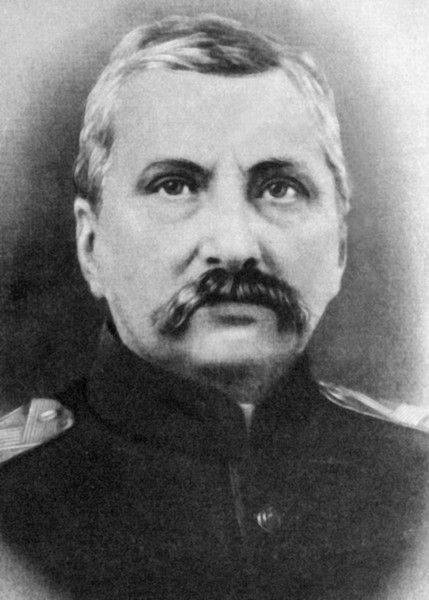
However, the conclusions of the commission, although so favorable, were still more focused on the future of the new type of weaponry, since, indeed, the submarines did not bring any changes in favor of the Russian fleet during the Russian-Japanese war. And it was not so much in their imperfections, as in the absence of trained teams, in distrust of the new technology. The matter came to the point that submarines were forbidden to dive, as described in detail in his diaries by the commander of the "Kasatka" lieutenant A.V. Plott. What kind of secretive torpedo attacks of enemy ships.
With all the employment of industrial affairs, associated mainly with the construction, M.N. Beklemishev found time for design activities. So, for example, in May 1905, I.G. Bubnov with M.N. Beklemishev prepared a draft of a more advanced submarine "Shark". The boat turned out quite successful and became the prototype of the famous "Leopard".
Given the particular urgency of the problem of training for the navy, M.N. Beklemishev, by that time already the captain of the 1 rank, was one of the initiators of the creation in Libava of the first in Russia Training Team of scuba diving, approved by Nicholas II 27 in March 1906 of the year. The commander of the detachment was the hero of the Russian-Japanese war, a passionate supporter of the development of underwater affairs, Rear Admiral E.N. Eduard Schensnovich. It is curious that, at his request, I.G. Bubnov, M.N. Beklemishev and a number of other submariner shipbuilders were included in the first-year students of the officer class and, not praising the ranks, merit and experience of the young midshipmen and lieutenants, they completed a full course of training.
After the end of the Russian-Japanese war, M.N. Beklemishev served as an assistant to the head of the scuba diving fleet, headed the commission for accepting Russia's first submarine with a single engine, the “Postal” designer SK. Dzhevetskogo, and in 1908, he was appointed head of the diving department of the Marine Technical Committee, where he immediately became known as a “troublemaker”. The fact is that for two years (1907-1908), citing the lack of cash loans, the Maritime Ministry did not order the shipbuilding industry a single torpedo submarine, while the leading maritime powers of the West, especially England and France, intensively increased their construction. M.N. Beklemishev raised the question of expanding the domestic submarine shipbuilding, which many high-ranking naval officials, supporters of the surface fleet, caused frank irritation. However, after lively discussions and bureaucratic delays, the Ministry included two new IG submarines in the order schedule for 1909. Bubnova type "Walrus" for the Black Sea Fleet. Subsequently, the boats of this project have proven themselves during the First World War, undermining and destroying several Turkish transport workers.
An important place in the performance activities of the head of the diving department of the MTC was the development of scientifically based tasks and technical conditions for the development of submarines, as well as the selection of finished projects of foreign and domestic designers to start mass production.
Without detracting from the technical and scientific achievements of foreign firms, M.N. Beklemishev gave preference to the projects of Russian shipbuilders. "It is safe to say," he wrote in one of the memoranda, "that if necessary, we could completely independently build in a very short time, without any instructions from foreign engineers, a very significant submarine fleet in quantity and quality ( this necessary funds are given) ".
Maintaining living links with industry and the fleet, M.N. Beklemishev often visited shipyards, design organizations, submarine formations, lectured in the Libavsky Training Unit of scuba diving. Many of the Russian sailors, having passed the Beklemishevsk school at different times, later became real submariners. For example, awarded by St. George weapons Baltic submariner Lieutenant V.A. Merkushev, who in the First World War launched his boat "Okun" in the attack on the German battleships; Commander of "Kasatki" Lt. A.V. Plotto, who led a detachment of submarines in Vladivostok during the war with Japan, senior lieutenant I.I. Riznich, who in 1917 a year, made the first transition in the history of the Russian submarine fleet around Europe on the boat "Saint George", and others.
In 1909, at the suggestion and with the personal participation of M.N. Beklemishev at the Baltiysky Zavod organized a hydrophone workshop - Russia's first industrial enterprise for the manufacture of sound-underwater communications devices of the system of a talented engineer and inventor R.G. Nireberga. For the first time installed on the submarine "Karp", the equipment of "acoustic cabling through water" provided underwater communications at a distance of up to 10-12 cab. and the detection of a noisy target - up to 5-10 cab., which significantly increased the combat capabilities of submarines.
For many years of impeccable service in the navy and services to the Fatherland M.N. Beklemishev was awarded the Order of St. Vladimir 4-th degree with a bow, St. Stanislav 2-th degree and St. Anne 3-th degree. In 1910, he was promoted to the rank of Major General for the Admiralty.
After retirement, Mikhail Nikolayevich, at the suggestion of the Chief of the St. Petersburg Baltic Plant, Major General P.F. Veshkurtsev, worked as a consultant to the factory department of scuba diving, headed the naval department of the Russian Electrotechnical Society, and taught at the Petrograd Polytechnic Institute.
Sincerely devoted to his beloved work, Mikhail Nikolaevich kept his ties with the fleet after the revolution. In the early years of Soviet power, the former admiralty general served as a consultant to the College of Military Shipbuilding who was in charge of building and repairing warships, then for some time led the diving department of the Red Forces Naval Forces.
In 1926, at the invitation of the management of the Special Technical Bureau for Special Purpose Military Inventions (Ostechbureau), the retired Admiralty General M.N. Beklemishev received the position of captain of the steamer "Mikula" - a floating laboratory for carrying out top-secret experimental work on the creation of the country's first radio-controlled torpedo boats. In 1928-1931, M.N. Beklemishev commanded on the Lake Ladoga in possession of the Ostechbyuro the experimental ship "Designer" (the former destroyer "Siberian gunner"), which was used to develop new types of naval weapons. In April, 1931, when M.N. Beklemisheva was 73-th year, a former general, retires for the second time.
Finishing the story of the Russian "captain Nemo", as some contemporaries called with honor Mikhail Nikolaevich, it should be noted that his elder brother, Nikolai, son Vladimir and grandson Michael, also devoted themselves to the maritime service. Major-General Nikolai Nikolaevich Beklemishev was a renowned hydrographic scientist, in whose honor on the maps of the Bering Sea is “Beklemishev Mountain”. In the footsteps of the elder Beklemishevs went and grandson named after his grandfather.
18 February 1936 of the year on the 78 year of life is a wonderful Russian submariner, one of the creators of the first Russian combat submarine, General of the Admiralty Mikhail Nikolayevich Beklemishev died. Dying, he said to his son: "Do not go to my grave. Consider that I have gone to sea forever." M.N. is buried Beklemishev in the Alexander Nevsky Monastery in St. Petersburg, where the ashes of many of our distinguished compatriots rest.
Sources:
Lavrov V. The first Russian submariners. SPb .: Shipbuilding, 2006. C. 21-24.
Balabin V. Admiralty General. // Sea collection. 1998. No.10. C. 76-78.
Infantyev V. In places to stand, to dive. L .: Lenizdat, 1977. C. 77-82, 85-91.
Rassol I. Ivan G. Bubnov. Life and art. 1872-1919. M .: Elmore, 1999. C. 98- 103.
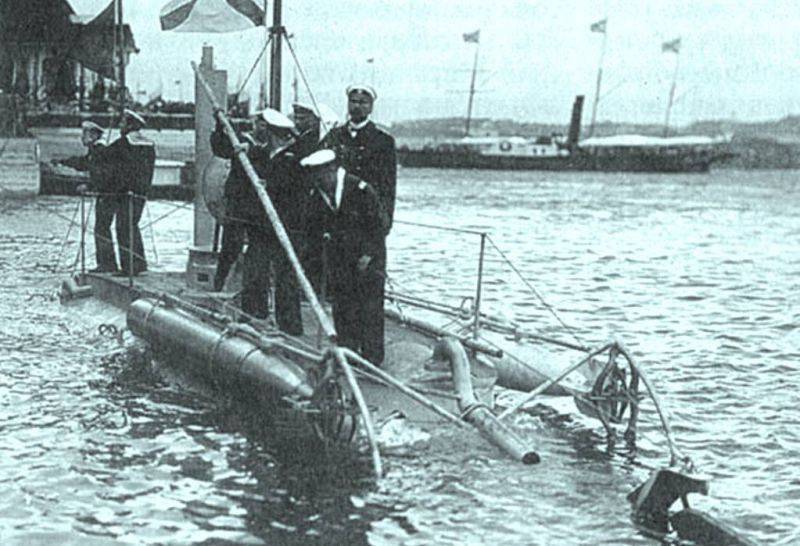
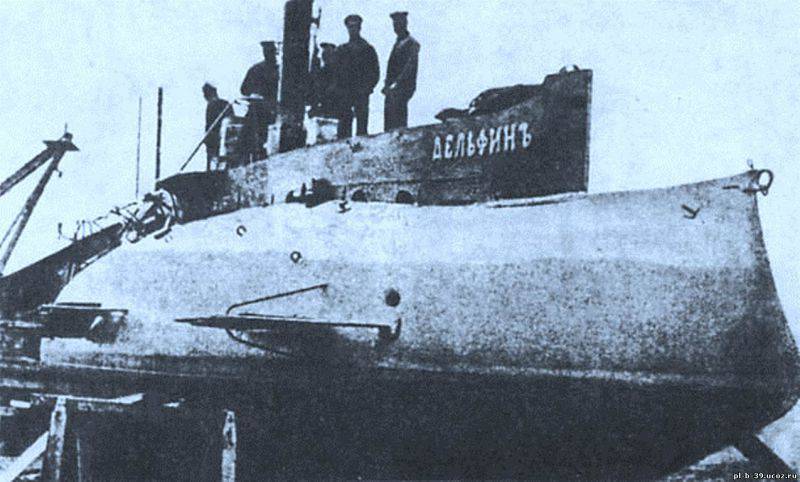
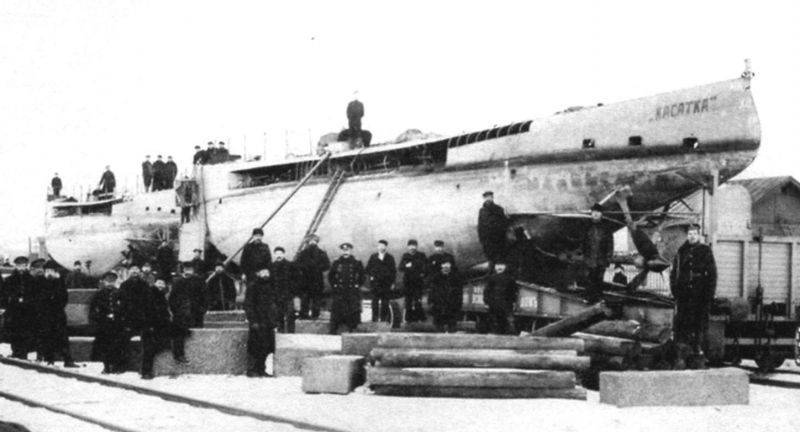
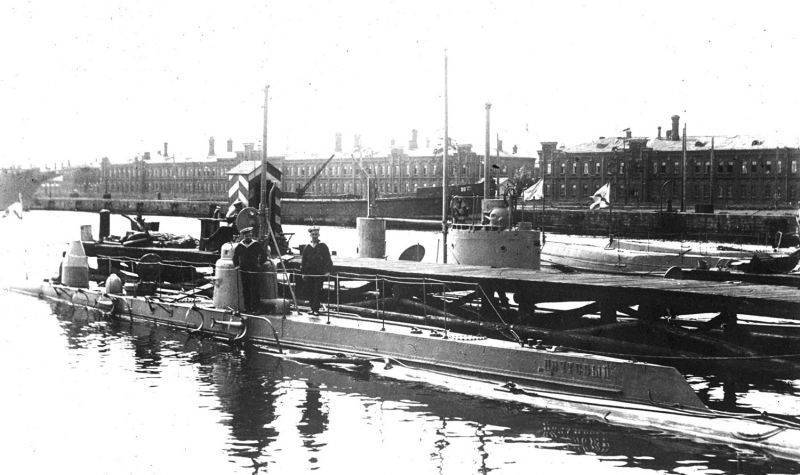
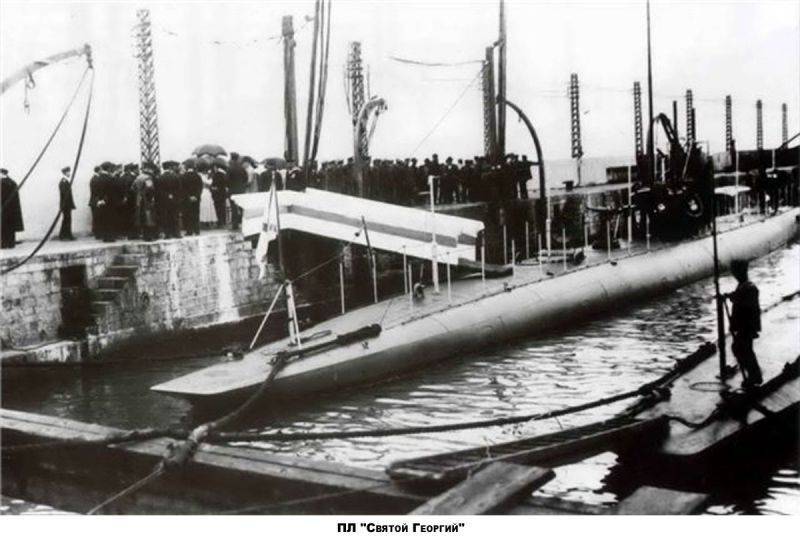

Information